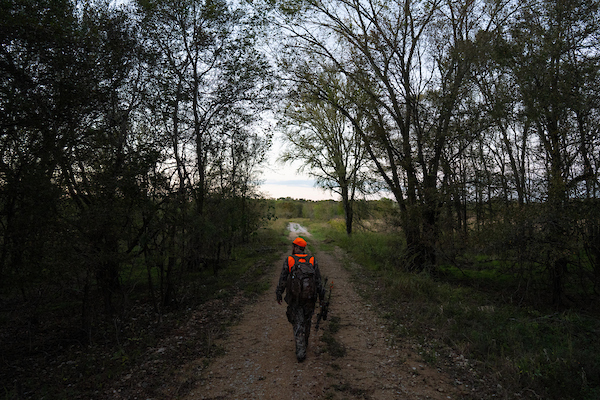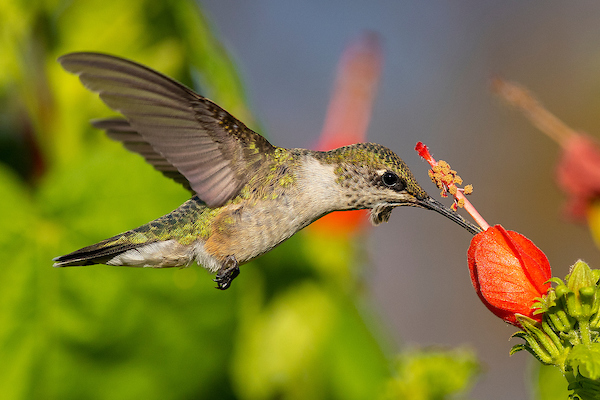Registration now open for Birding the Border May 3-5 in Del Rio
Texas A&M AgriLife Extension Service program provides unprecedented opportunities for birders of all skill levels
As millions of birds take to the Texas skies during spring migration, experienced and aspiring birders alike have the opportunity to learn and observe myriad avian species across public and private lands through the Texas A&M AgriLife Extension Service Birding the Border program held May 3-5 in Del Rio.
A $65 registration pass is required for the three-day event, and participants customize their birding experience by selecting one of five daily field trips for an additional fee. Each trip is accompanied by a professional birding guide with transportation and lunch provided. The event registration deadline is April 19. Because daily trips are limited to 10-13 individuals, early registration is encouraged.
A program for all skill levels and interests
While Birding the Border provides expert birders the opportunity to cross “lifers,” or new birds, off their comprehensive list, the program also caters to those with little to no birding experience.
“We offer a beginner track comprised of three pre-established field trips for new birders,” said Emily Grant, AgriLife Extension agent in Gillespie County and Birding with AgriLife Extension program coordinator. “The guide for this package provides a slower-paced birding experience that focuses on bird identification and behavior.”
She added that the field trips within this package are selected with the goal of exposing beginners to a wide variety of species.
A second photography-focused track includes a registration pass and three preset field trips ideal for photographers.
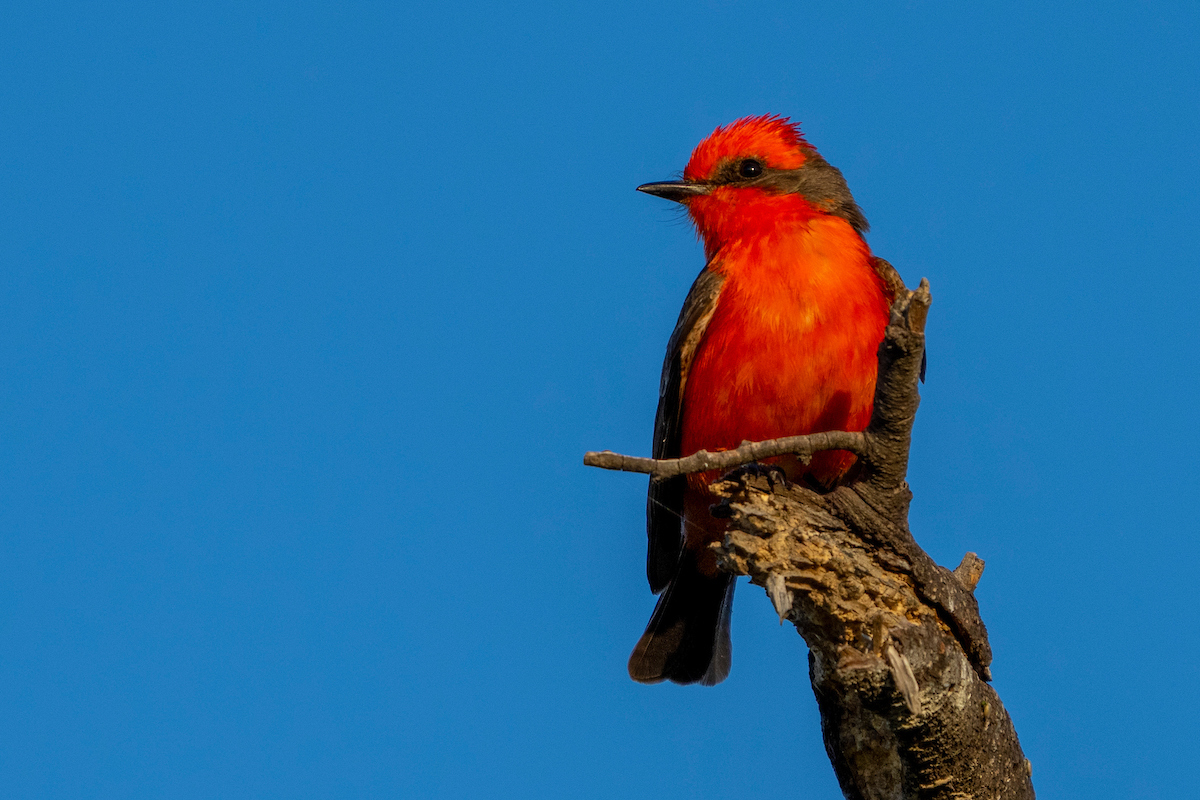
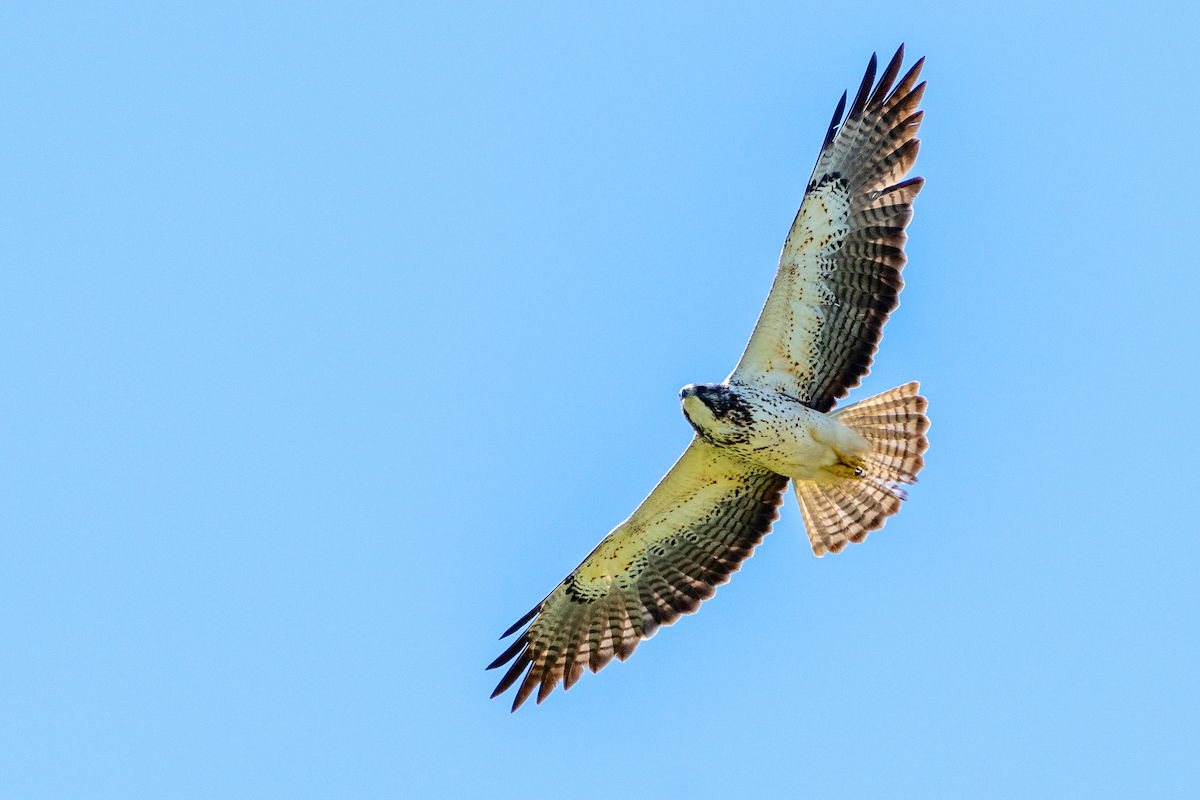
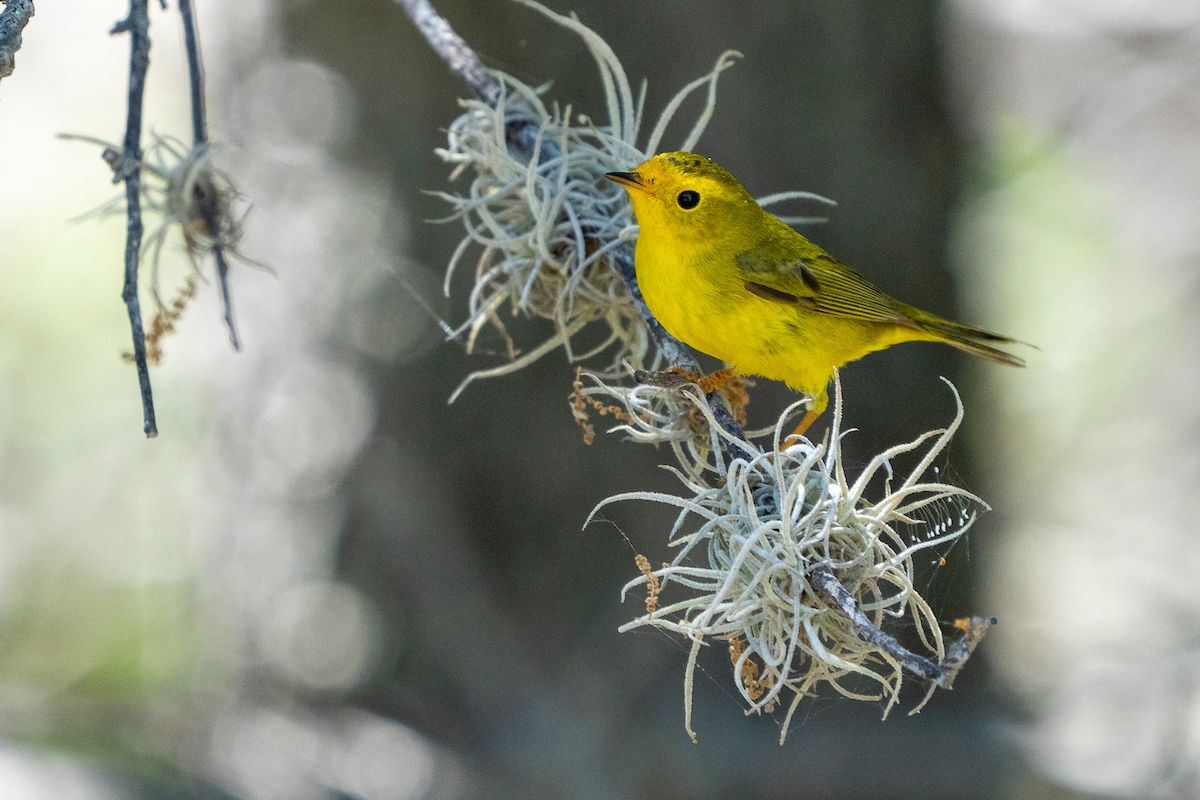

A confluence of ecosystems supports diverse avian species
Comprised of a vast assortment of ecosystems located within the North American Central Flyway, Texas is nationally recognized for its outstanding birding opportunities.
Thanks to the deliberate location of the Birding the Border program, Liz Tidwell, AgriLife Extension wildlife program specialist, Uvalde, said participants can expect to encounter an assortment of bird species.
“Del Rio is on the cusp of three different ecoregions,” Tidwell said. “You have the Trans Pecos, Edwards Plateau and the South Texas Plains all within a very short distance of each other.”
Tidwell said program field trips are designed to highlight different habitats within these ecoregions, allowing participants to see an array of bird species including the green jay, great kisskadee, golden-cheeked warbler, varied, indigo and painted buntings, as well as raptors and so much more.
During the 2023 Birding the Border, participants documented 193 unique species.
“That’s quite a large number, but with new locations added to our field trip offerings, we have our fingers crossed that we will be able to add species to our list this year,” Tidwell said.
This year, participants can bird at two new areas — a Texas Parks and Wildlife Department permit-restricted portion of the Dan A. Hughes Unit of the Devils River State Natural Area and Laughlin Air Force Base.
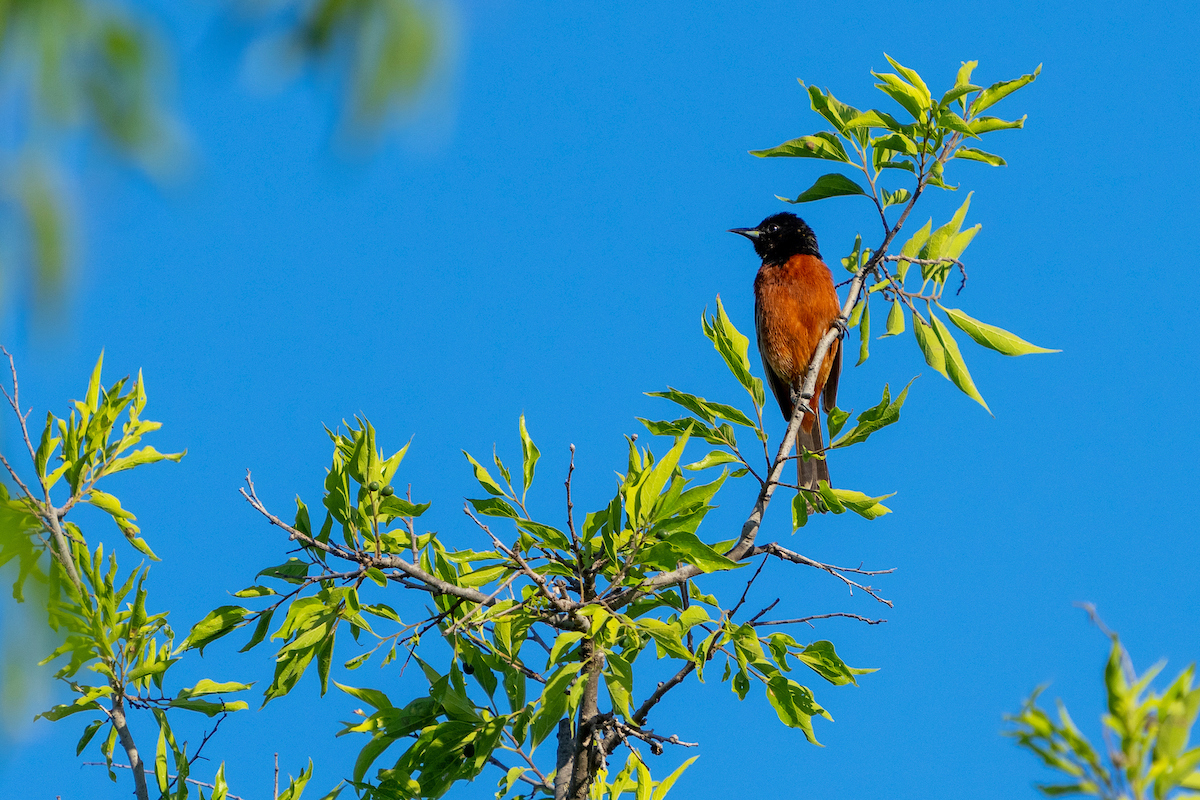

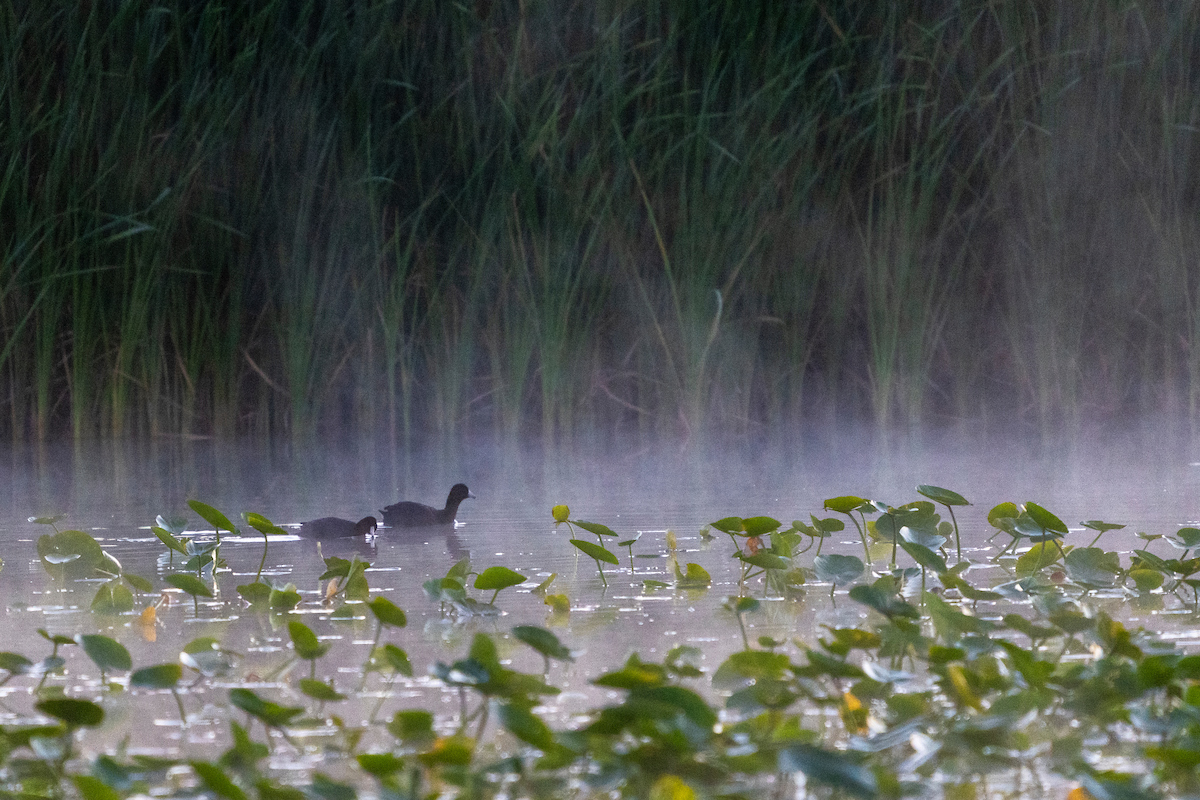
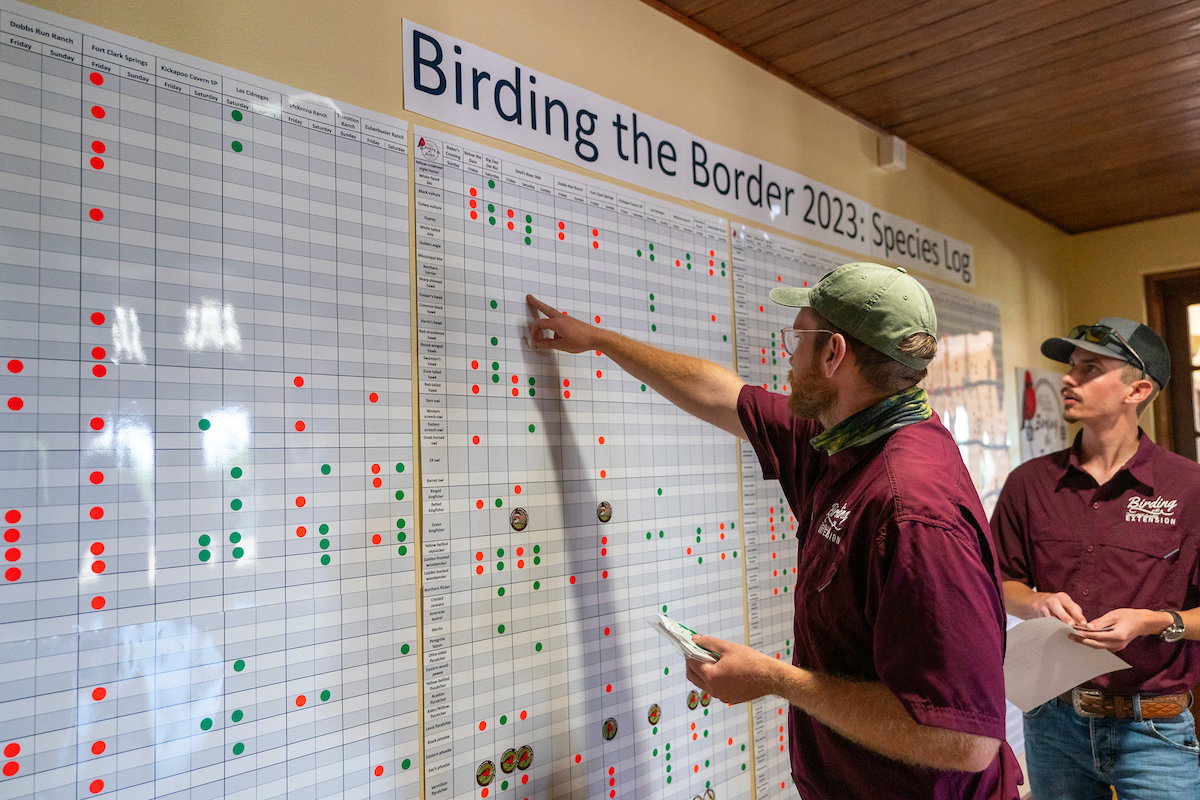
Private land partnerships advance stewardship education
Established in 2017, Birding the Border started as a small group of Kinney County residents with a shared interest in birding.
Grant said the group, which included landowners, often discussed limited access to new birding locations due to the state’s high percentage of privately owned landscapes.
“Because more than 95% of Texas’ landscapes are privately owned, birders are limited in areas they can explore,” she said.
Grant saw this as an opportunity to build relationships with existing private landowners to facilitate guided birding expeditions.
“We took this opportunity to introduce birders to the management activities taking place on agricultural lands while also providing private landowners with additional resources and tools related to wildlife habitat and songbird conservation,” Grant said.


Birding journeys can start close to home
While Birding the Border provides exceptional opportunities to view and learn about birds, both Grant and Tidwell emphasize the fact that any Texan can begin their birding journey in their own backyard.
“While it can be intimidating, the first step is just getting outside and understanding where you are on your bird identification skill level,” Tidwell said. “Many times, you don’t even realize how many birds are in your own neighborhood until you start actively looking for them.”
Texans can access free videos related to birding and a schedule of AgriLife Extension birding programs via Birding with AgriLife Extension.
But she also said nothing beats getting involved with your own local birding community.
“A number of regional and community-based birding groups can be found on social media,” Tidwell said. “Additionally, Texas Master Naturalists are an excellent community-based resource focused on natural resource service and education.”


